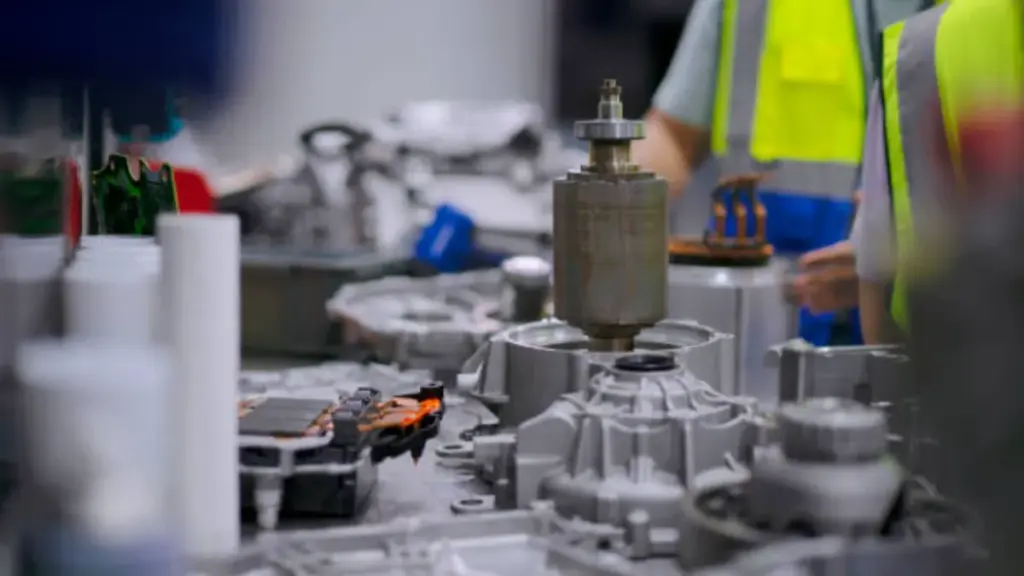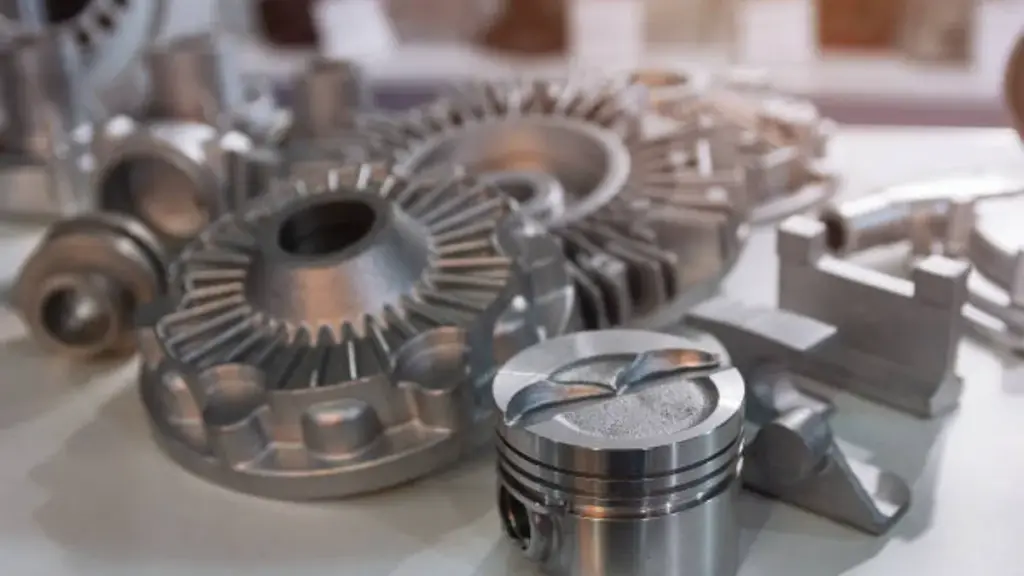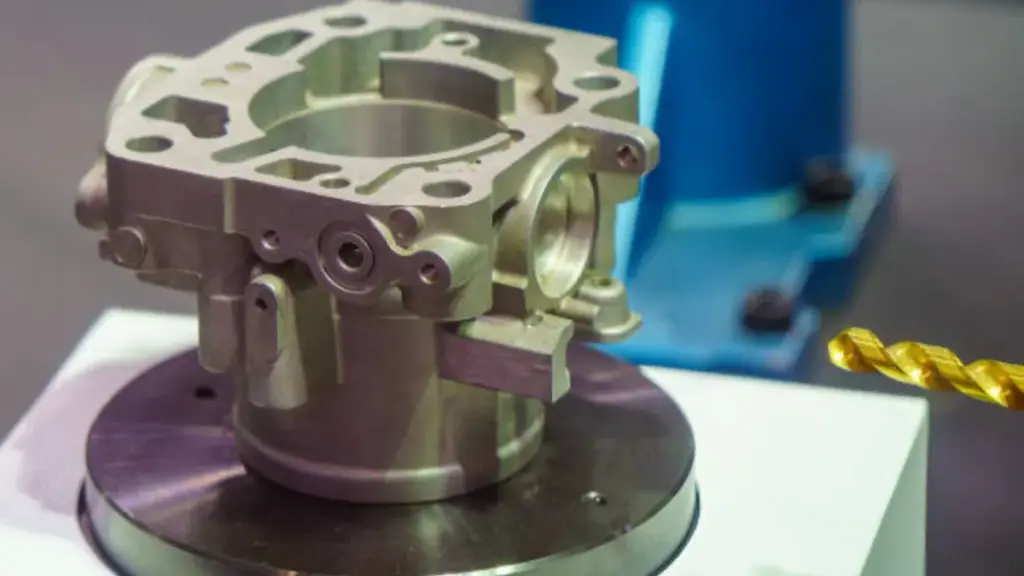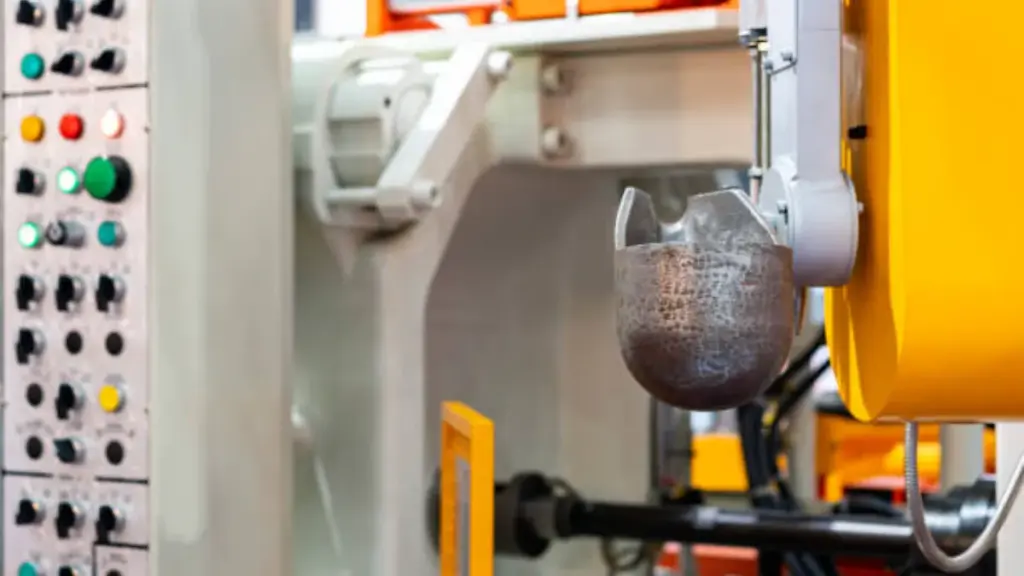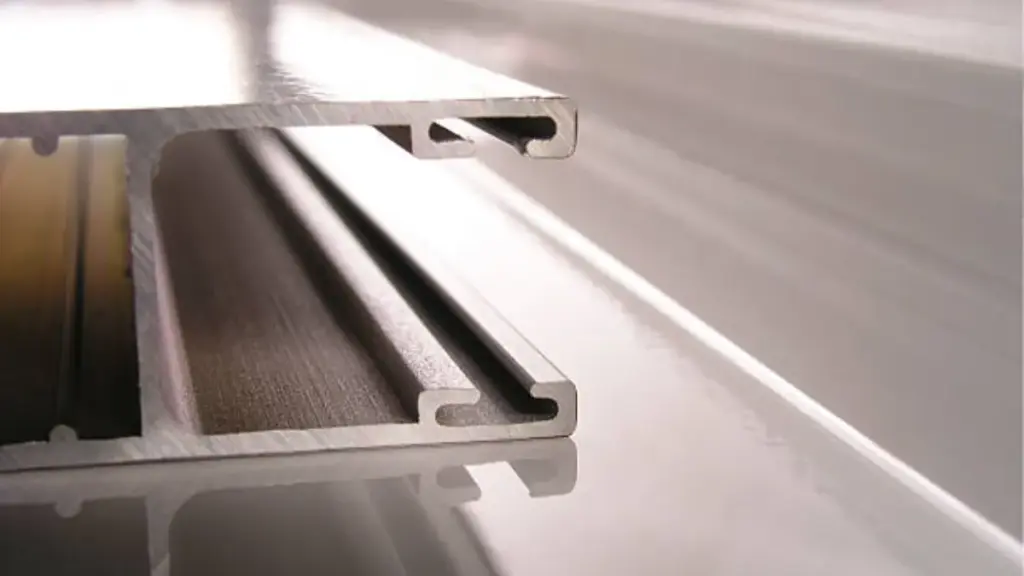Ti sei mai chiesto come sono realizzate le parti pressofuse in alluminio e zinco dei tuoi gadget ed elettrodomestici?? Stai guardando la magia della pressofusione! Questo processo consente la creazione di componenti metallici complessi e precisi utilizzati in qualsiasi cosa, da ricambi auto pressofusione alle stoviglie. Ma scegliere il metallo giusto per il tuo progetto può essere un grattacapo. Inserisci zinco e alluminio, due pesi massimi nel mondo della pressofusione dei metalli, ognuno vanta i propri punti di forza. Quindi allacciatevi le cinture, perché stiamo per immergerci in profondità nella battaglia dei metalli.
Cos'è la pressofusione?
Pensaci pressofusione come una magia di modellatura dei metalli. Un metallo fuso (come lo zinco o l'alluminio) viene iniettato in uno stampo realizzato con precisione, un po' come versare l'impasto in una tortiera. Il metallo si raffredda, solidifica, e voilà: hai una parte finita, pronto per il rock and roll. È veloce, efficiente, e metodo versatile per produrre componenti metallici di alta qualità.
Pressofusione di zinco
Lo zinco è il campione sfavorito del mondo della pressofusione, spesso trascurato ma ricco di vantaggi. Entriamo nel nocciolo della questione:
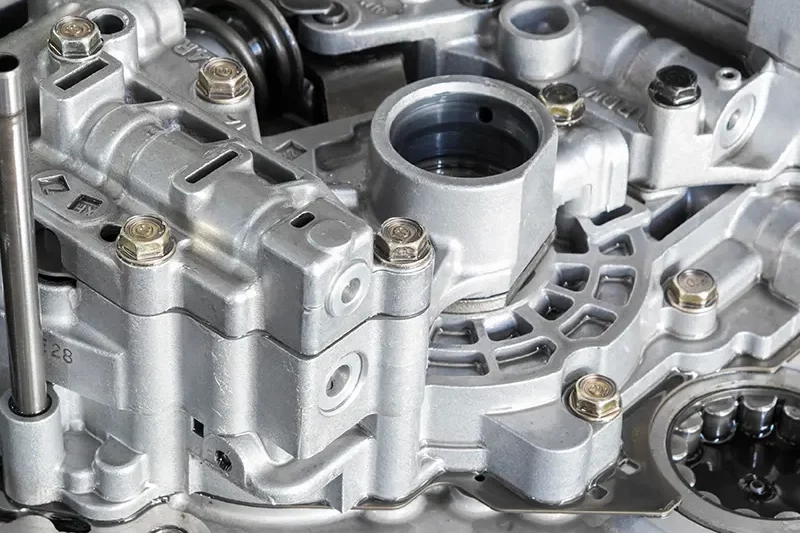
Proprietà dello zinco
Lo zinco è un metallo noto per la sua versatilità, proprio come quell'amico che può indossare un abito e conquistare comunque una pista da ballo. È relativamente morbido, facile da lavorare, e ha una capacità unica di smorzare le vibrazioni sonore. Più, lo zinco ha un basso punto di fusione, rendendolo una scelta economica per la pressofusione.
Vantaggi dell'utilizzo dello zinco
Perché dovresti scegliere lo zinco per il tuo prossimo progetto di pressofusione? Ecco la verità:
- Efficacia in termini di costi: Lo zinco è un metallo economico, rendendolo un'opzione interessante per le aziende che desiderano risparmiare un po' di soldi.
- Durata e resistenza: Non lasciarti ingannare dalla sua morbidezza, lo zinco è sorprendentemente resistente. È durevole e può sopportare il suo peso: un'ottima scelta per i componenti che devono resistere all'usura.
- Precisione e dettaglio: La capacità dello zinco di catturare dettagli complessi è un punto di svolta. Vuoi creare una parte con linee sottili e forme complesse? Lo zinco può gestirlo come un professionista.
Applicazioni della pressofusione di zinco
Pressofusione di zinco, con la sua miscela unica di proprietà, è diventata una componente vitale in una vasta gamma di settori. È come il camaleonte dei metalli, adattandosi perfettamente alle diverse applicazioni. Pensa alla tua vita quotidiana: così elegante, bottiglia ergonomica di disinfettante per le mani da portare in giro, la robusta maniglia della porta che usi ogni giorno, anche quelle parti di automobili alla moda che aggiungono un tocco di eleganza al tuo veicolo - è probabile che lo siano, lo zinco sta lavorando silenziosamente dietro le quinte.
È un metallo che non ha paura di sporcarsi le mani, dalla creazione di componenti complessi per l'industria automobilistica alla realizzazione di parti delicate per l'elettronica. La versatilità dello zinco traspare nella sua capacità di creare oggetti sia funzionali che decorativi, rendendolo una scelta popolare per qualsiasi cosa, dall'hardware per l'edilizia agli apparecchi decorativi.
Pressofusione di alluminio
Cambiamo marcia e diamo un'occhiata all'alluminio, il metallo di riferimento per molte applicazioni di pressofusione.
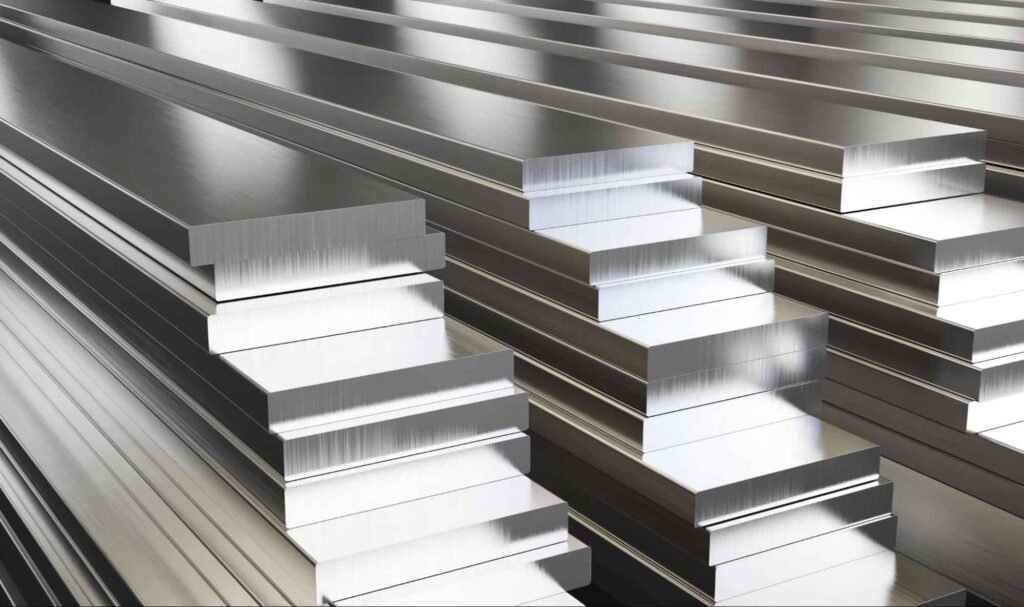
Proprietà dell'alluminio
L'alluminio è come il fratello sportivo dei metalli: leggero, forte, e vanta un profilo elegante. È anche altamente resistente alla corrosione, rendendolo la scelta migliore per le applicazioni esterne.
Vantaggi dell'utilizzo dell'alluminio
L’alluminio ha le sue caratteristiche vincenti:
- Proprietà leggere: L'alluminio è un campione dei pesi piuma, rendendolo ideale per componenti che devono essere leggeri e agili, come quelli che si trovano nelle industrie aerospaziali e automobilistiche.
- Resistenza alla corrosione: L'alluminio è un biscotto duro quando si tratta di ruggine e corrosione. Può resistere a condizioni difficili, rendendolo un'ottima scelta per i mobili da esterno, infissi, e altre applicazioni esposte agli elementi.
- Conducibilità termica ed elettrica: L’alluminio è un conduttore di calore ed elettricità, rendendolo perfetto per le applicazioni in cui queste proprietà sono cruciali, come dissipatori di calore e componenti elettrici.
Applicazioni della pressofusione dell'alluminio
Pressofusione di alluminio è un vero camaleonte del mondo manifatturiero, adattandosi perfettamente a una vasta gamma di settori. Non è solo un metallo; è uno strumento versatile utilizzato per creare qualsiasi cosa, dagli elementi costitutivi del nostro mondo agli intricati componenti che alimentano i nostri gadget. Troverai pressofusioni di alluminio in parti costruttive, dove contribuiscono a strutture durevoli e leggere, e nel mondo di parti elettroniche, dove la loro capacità di condurre calore ed elettricità li rende essenziali per i componenti sensibili.
La leggerezza dell’alluminio è una risorsa fondamentale, permettendogli di volare nel settore aerospaziale, dove il peso è un fattore critico. È anche un ingrediente vitale nell’industria automobilistica, contribuendo a creare veicoli a basso consumo di carburante e migliorando le caratteristiche di sicurezza. E non dimentichiamoci di quelle eleganti biciclette che abbelliscono le nostre strade, alimentato da componenti resi possibili dalla pressofusione di alluminio. Anche quei gadget fantasiosi di cui non puoi fare a meno, dagli smartphone ai tablet, fare affidamento sulle proprietà uniche dell’alluminio per funzionare perfettamente.
Zinco vs. Pressofusione di alluminio
Ora, per la resa dei conti che tutti stavamo aspettando: zinco contro alluminio! Valutiamo i loro pro e contro testa a testa:
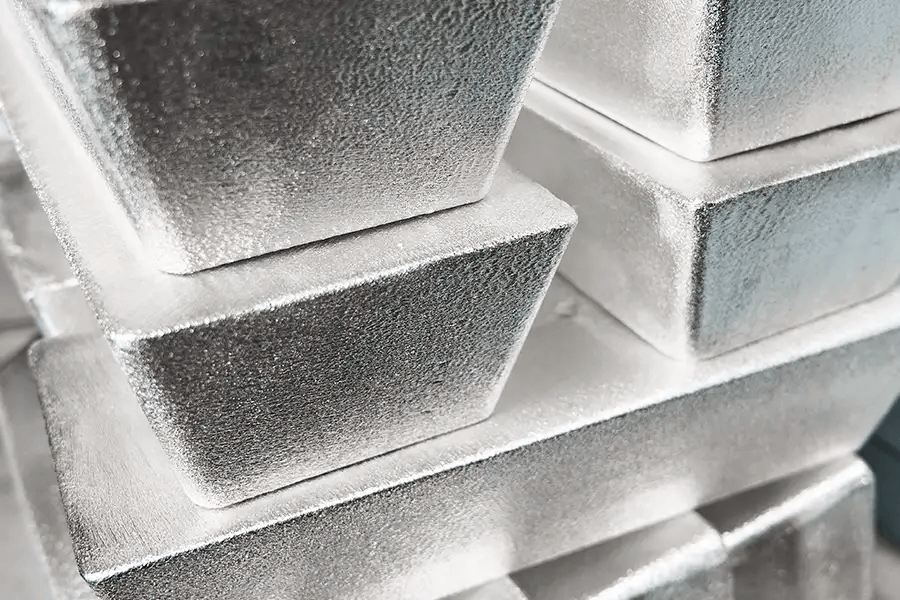
Zinco vs. Alluminio: Forza
Confrontando la lega di zinco con la lega. resistenza dell'alluminio, l'alluminio è in testa nella categoria della resistenza, vantando una resistenza alla trazione maggiore rispetto allo zinco. È come il muscoloso del mondo metal. Ma non sottovalutare lo zinco! È ancora un valido contendente ed è spesso più che abbastanza potente per molte applicazioni.
Considerazioni sul peso
Le proprietà di leggerezza dell’alluminio lo rendono il chiaro vincitore qui. È il campione del design leggero, permettendo produttore di componenti in pressofusione di alluminio per creare parti pressofuse in alluminio più leggere senza compromettere la resistenza. Lo zinco è più pesante, ma è comunque una scelta valida per molte applicazioni in cui il peso del prodotto pressofuso in zinco non è un grosso problema.
Costo della pressofusione
La pressofusione della lega di zinco è la scelta più economica. È come l'opzione del menu valore, offrire qualità senza spendere una fortuna. L'alluminio può essere più costoso, ma le sue proprietà uniche possono giustificare il costo più elevato per applicazioni specifiche.
Conclusione
COSÌ, chi vince la battaglia finale tra zinco e zinco. alluminio? Non esiste una risposta valida per tutti. Tutto dipende dalle vostre esigenze e applicazioni specifiche. Hai bisogno di un peso leggero, forte, e componente resistente alla corrosione? L'alluminio è il tuo campione. Alla ricerca di un rapporto costo-efficacia, durevole, e parte orientata ai dettagli? Lo zinco è il tuo punto di riferimento. In definitiva, si tratta di comprendere i requisiti del tuo progetto e scegliere il metallo più adatto alle tue esigenze.
Domande frequenti
1. Quali sono le principali differenze tra la pressofusione di zinco e quella di alluminio?
Lo zinco è noto per il suo rapporto costo-efficacia, durabilità, e la capacità di catturare i dettagli più fini, mentre l'alluminio brilla nelle sue proprietà leggere, resistenza alla corrosione, e conduttività termica.
2. Quale metallo è migliore per la produzione in grandi volumi?
Sia lo zinco che l'alluminio sono adatti per la produzione in grandi volumi, ma lo zinco è spesso preferito per il suo costo inferiore.
3. Lo zinco può essere utilizzato per applicazioni esterne?
Mentre lo zinco è naturalmente resistente alla corrosione, non è resistente alla corrosione come l’alluminio. Per condizioni esterne difficili, l'alluminio è la scelta migliore.
4. Quali fattori dovrei considerare quando scelgo tra zinco e alluminio?
Considera i requisiti del tuo progetto, compreso il peso, forza, resistenza alla corrosione, livello di dettaglio, e costo.
5. È possibile riciclare sia lo zinco che l'alluminio??
SÌ, sia lo zinco che l'alluminio sono metalli altamente riciclabili, rendendole scelte rispettose dell’ambiente.

